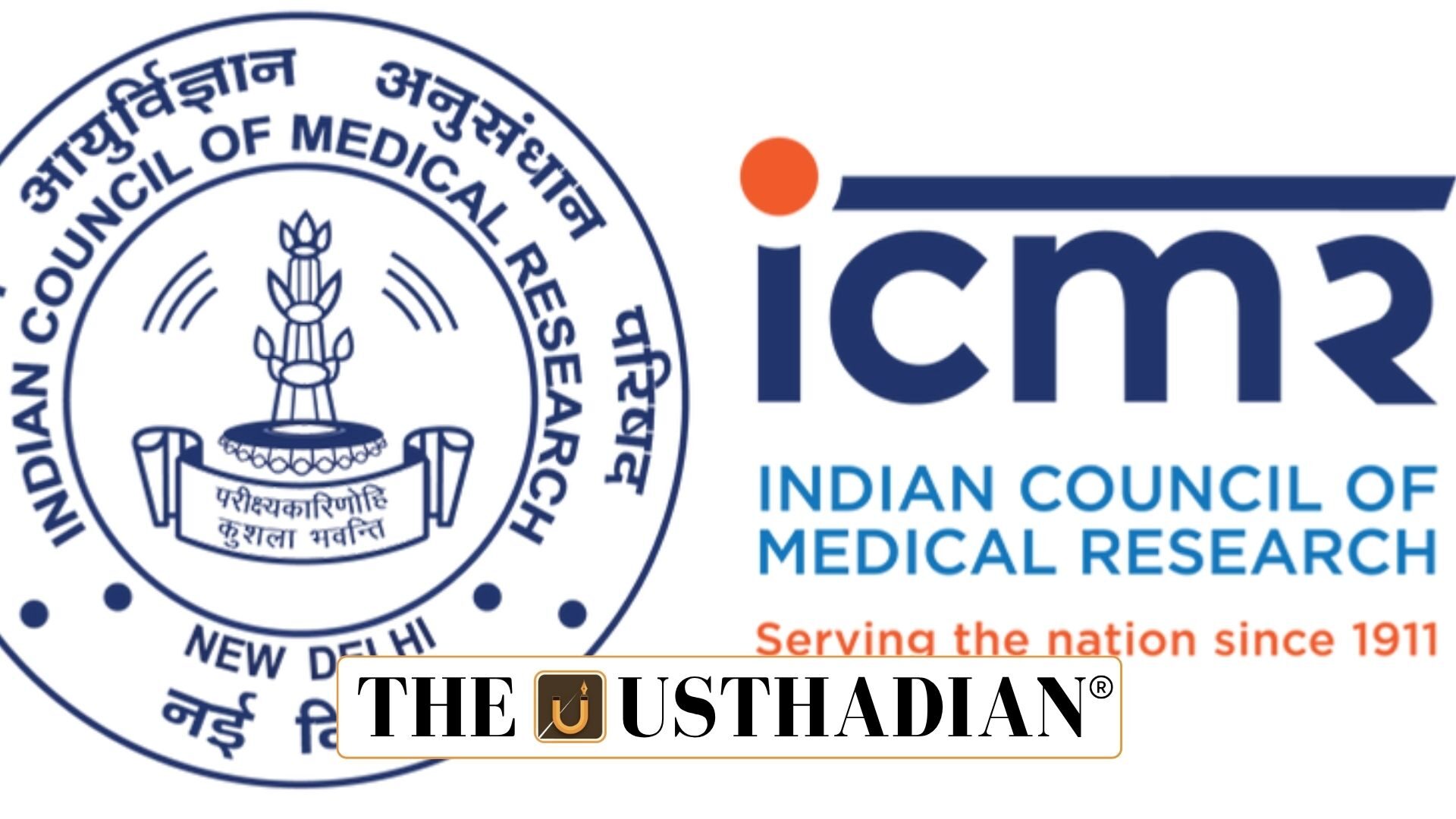Overview
ICMR SHINE Initiative Inspiring Young Scientific Minds: The Indian Council of Medical Research (ICMR) has launched the SHINE Initiative to foster scientific interest among secondary and senior secondary school students. The programme engages Classes 9 to 12 in interactive, hands-on activities aimed at promoting careers in biomedical research. It also honours Prof. V. Ramalingaswami, a pioneer in Indian medical research, and aligns with the Prime Minister’s call for One Day as a Scientist.
Meaning of SHINE
The term SHINE stands for Science & Health Innovation for the Nextgen Explorers. It is the first nationwide outreach programme where all ICMR institutes simultaneously host science and health-related activities. Students are introduced to the fundamentals of public health research and its impact on society.
Static GK fact: ICMR, established in 1911, is India’s apex body for the formulation, coordination, and promotion of biomedical research.
Objectives and Audience
The core aim is to spark curiosity among Classes 9–12 students and encourage them to explore biomedical science as a career. The initiative highlights that science is not only theoretical but also dynamic, problem-solving, and socially relevant. It seeks to shape future leaders in public health and research.
Static GK fact: Prof. V. Ramalingaswami was the first Indian scientist elected as a Fellow of the Royal Society in the field of medical research.
Activities and Student Engagement
The programme includes a survey game and anthropometry game for practical exposure. Students also get to visit laboratories and exhibitions, including the National Institute of Malaria Research (ICMR-NIMR) field unit. Direct interaction with scientists and technical staff helps students understand real-world biomedical challenges and innovations.
Static GK fact: Anthropometry is the scientific study of body measurements, used in health, nutrition, and ergonomics research.
National Significance
The SHINE Initiative reflects India’s commitment to building a scientific temper among youth, a vision embedded in the Constitution. It strengthens the country’s research ecosystem by attracting fresh talent to the biomedical field. Commemorating Prof. V. Ramalingaswami’s legacy, it also underscores India’s growing influence in global health research.
Static GK fact: Article 51A(h) of the Indian Constitution promotes the development of scientific temper, humanism, and the spirit of inquiry and reform.
Future Impact
By engaging thousands of students across India, SHINE aims to create a ripple effect, motivating young learners to become innovators, researchers, and policymakers in health sciences. This initiative could serve as a model for science education outreach in other sectors.
Static Usthadian Current Affairs Table
ICMR SHINE Initiative Inspiring Young Scientific Minds:
| Fact | Detail |
| Full form of SHINE | Science & Health Innovation for the Nextgen Explorers |
| Launching body | Indian Council of Medical Research (ICMR) |
| Target group | Classes 9–12 students |
| Main activities | Survey game, anthropometry game, lab visits, exhibitions |
| Honoured personality | Prof. V. Ramalingaswami |
| Aligned national call | One Day as a Scientist |
| Field unit involved | National Institute of Malaria Research (NIMR) |
| Year ICMR established | 1911 |
| Constitutional provision for scientific temper | Article 51A(h) |
| Aim | Inspire careers in biomedical research |








